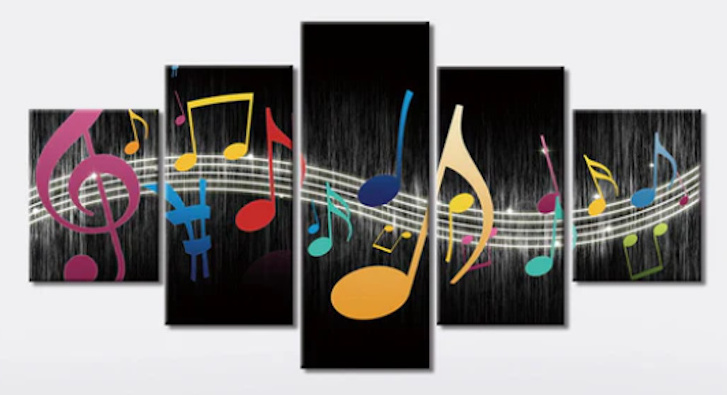
 |
|
|
|
The Evolution of Pop Music: A Journey Through Time: :Celtic Music: The History and Evolution of Celtic Music: Celtic music is a broad and historically rich genre that originated in the folk traditions of the Celtic peoples of Western Europe. It has evolved over centuries, adapting to cultural changes, technological advancements, and globalization. Below is an overview of its history and development. Origins and Early Development (Pre-1600s) Celtic music finds its roots in the ancient musical traditions of the Celts, a group of tribal societies that spread across Europe in the Iron Age (circa 1200 BCE-400 CE). These peoples were known for their oral traditions, and their music played an essential role in storytelling, worship, and social gatherings. Key Elements of Early Celtic Music: Instruments: Harps, lyres, flutes, and crude percussion instruments were commonly used. Modal Scales: Celtic music traditionally employed modes (similar to early medieval European music). Oral Tradition: Songs and tunes were passed down by ear rather than being written down. By the Middle Ages, Celtic music had become a well defined tradition in regions such as Ireland, Scotland, Wales, Brittany (France), and Galicia (Spain). The harp became a symbol of Irish and Scottish music, often associated with bards and court musicians. The Influence of the Renaissance and Baroque Periods (1600s-1700s) During the Renaissance and Baroque periods, Western European music was increasingly influenced by formal notation and harmonic development. However, Celtic music largely remained a folk tradition. Development of Dance Music: Reels, jigs, hornpipes, and other dance tunes became more structured and widespread. Influence of Classical Music: Some composers, such as Turlough O'Carolan (1670-1738), blended classical music elements with traditional Celtic melodies. Bagpipes and Fiddles Gain Prominence: The Highland bagpipes in Scotland and the fiddle in Ireland became central instruments in folk music traditions. Despite political and social turmoil (such as the suppression of Gaelic culture in Scotland and Ireland), the music survived as an essential expression of cultural identity. The 19th Century: Preservation and Revival The 19th century saw a growing interest in documenting and preserving Celtic music. As nationalism grew in Ireland and Scotland, there was a movement to protect and celebrate native traditions. Folklore Collectors: Scholars like Edward Bunting and Francis O'Neill compiled and published collections of traditional Celtic melodies. Emigration and Diaspora: Many Irish and Scottish emigrants brought their music to North America, influencing genres such as Appalachian folk and country music. Celtic Harp Resurgence: After years of decline, interest in the Celtic harp was revived, largely due to the efforts of musicians and cultural organizations. This period laid the foundation for a more structured approach to Celtic music, making it more accessible to a broader audience. The 20th Century: Folk Revival and Global Expansion The 20th century marked a major resurgence in Celtic music, fueled by the folk revival movements of the 1950s-1970s. Key Developments: Recording Technology: The invention of recording technology allowed traditional Celtic music to be preserved and distributed worldwide. The Folk Revival (1950s-1970s): Groups like The Clancy Brothers, The Chieftains, and Planxty played a pivotal role in reintroducing traditional Irish and Scottish music to a younger audience. Fusion with Other Genres: Celtic music began blending with rock, jazz, and new age music, leading to innovative styles. Bands such as Fairport Convention and Steeleye Span incorporated Celtic elements into folk rock. Cape Breton and Breton Revivals: Scottish and Breton musical traditions saw a resurgence in places like Cape Breton (Canada), where Scottish Gaelic music remained strong. By the late 20th century, Celtic music had gained a dedicated following beyond its origins, influencing genres worldwide. Modern Celtic Music and Global Influence (2000s-Present) Today, Celtic music continues to evolve, reaching new audiences through digital platforms and world music collaborations. Notable Trends: Celtic Rock and Celtic Punk: Bands like The Pogues and Flogging Molly fused traditional Celtic sounds with punk and rock influences. Celtic Fusion: Artists such as Loreena McKennitt and Enya blended Celtic melodies with ambient and world music elements. Film and Media: Celtic inspired music has become popular in film scores (e.g., Braveheart, Titanic), video games, and fantasy media. Festival Culture: Global Celtic festivals, such as the Festival Interceltique de Lorient (France) and Celtic Colours (Canada), celebrate the genre's enduring appeal. With the advent of streaming services, Celtic music remains vibrant, accessible, and adaptable to contemporary styles. Conclusion Celtic music has journeyed from ancient oral traditions to a dynamic, global genre. While it retains its deep cultural roots, it continues to evolve through innovation and cross-genre experimentation. Whether in its pure traditional form or modern adaptations, Celtic music remains a vital and cherished musical heritage. |
|
|